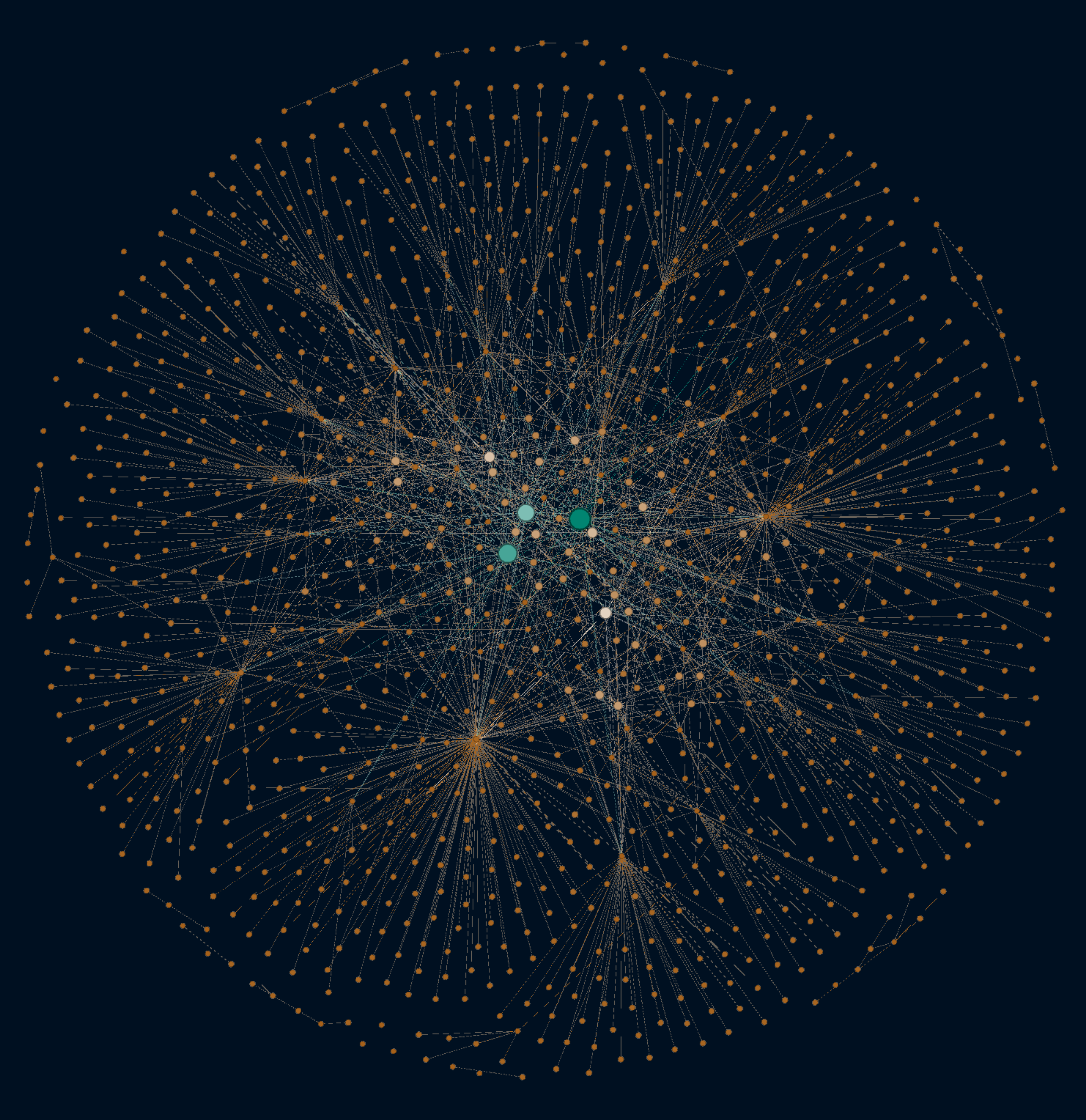Data Sources
Digital Benin: a digital archive funded by Ernst von Siemens Kunststiftung (Ernst von Siemens Art Foundation) that houses the world’s most comprehensive collection of information about the Benin Bronzes. It is limited to the institutions (collections, museums, etc.) that have publicly acknowledged their possession of Benin Bronzes and were willing to provide information about the Bronzes they hold. It does not include individuals or families who have these cultural artifacts in their possession. The team behind Digital Benin was working under the excitement of a bygone era (as of 2023) of many international institutions planning to return the Benin Bronzes to a new museum in Nigeria. The project does not take a critical view of the displacement of the artifacts, focusing more on creating a narrative around the Edo history and historic aspects of Edo culture from an indigenous perspective. There is limited data on provenance, which I intend to use as a proxy for the actual movement of the artifacts from Edo to their current locations. This data comes from the institutions themselves. Digital benin does not verify or discredit any of the data. Given the contentious nature of the cultural artifacts, institutions are incentivized to withhold data that could be even more damaging to their reputations. This affects their use of language: words like “acquired” may be used for items stolen from the palace.
- 5,246 cultural artifacts
- 18,237 images
- 1,032 different complete routes to current locations
- 131 museums, institutions, and their locations
- 1,152 institutions, groups, and individuals identified in the provenance of each item
Art and African Art History articles: collections of articles regarding Edo art, rituals, and history, Benin Bronzes, as well as African artifacts in global museums. These offer theoretical and historical perspectives of the bronzes.

Large network analysis graph showing the providence of all 5,246 cultural artifacts and each entity's connection to the final 131 institutions that have the Benin cultural artifacts in their collections. Here providence refers to the people, groups, and institutions that owned, sold, or stole the artifacts. Providence is a proxy for the physical journeys each artifact had to take to move from the point of origin in the Oba's Palace, to the current location in 131 institutions around the world.